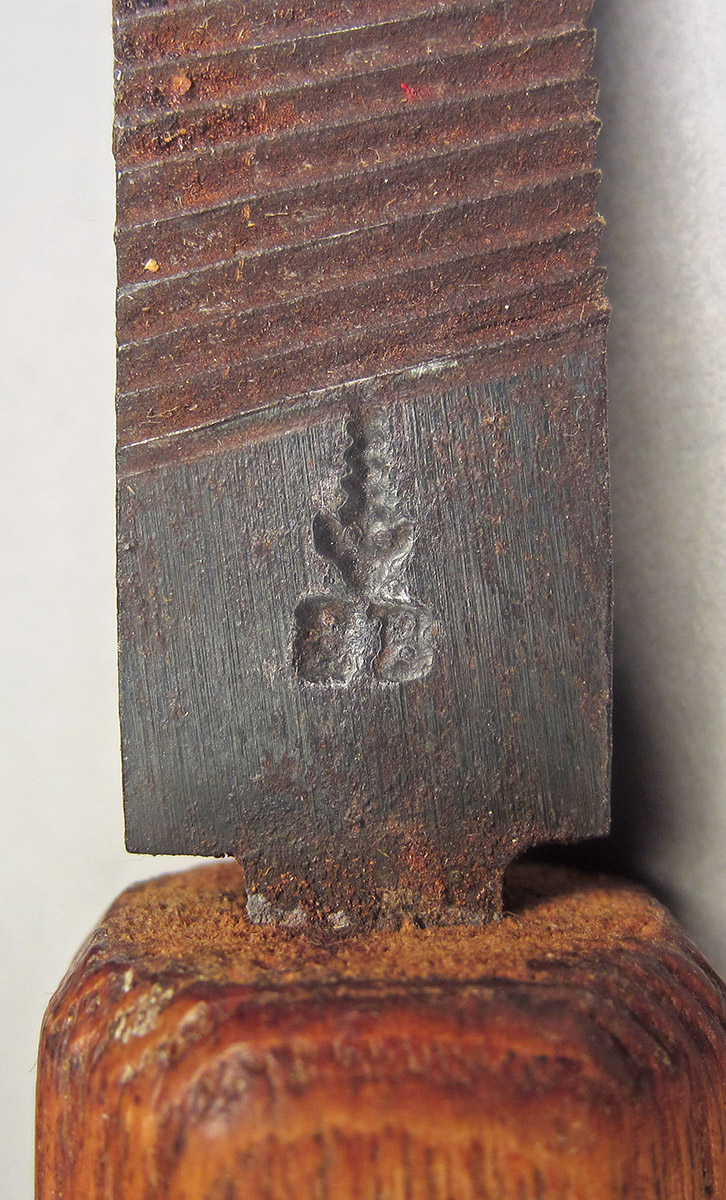Files
The Dominy clock shop contained more files than any other kind of metalworking tool, used to shape and to clean the various metal parts of clocks and watches. Different types of files were used to execute specific tasks: round files helped to form and clean the crosses and interior rims of gear wheels; Verge and pivot files had rectangular blades, used to make verges, pivots, and the small stepped bracket that supports the lower pivot of a verge; round-edge equaling or joint files used to clean and shape the spaces between gear wheel teeth and pinions.

Microscopic analysis of the wood used for the handles of their tools indicates that in most instances the Dominys supplied handles for European blades purchased in New York City. "Small files" were bought by Nathaniel Dominy IV in 1773, 1775, 1789, and 1792. The price paid was always 6 or 8 pence per file. Shortly after he began to make clocks in 1817 Felix Dominy drafted a memorandum of tools and supplies to be purchased in New York City. Included in his list were "Round & square Files smallest size."76 It would probably be accurate to say that all the file blades shown here originated in Lancashire, the center of clock and watch tool manufacturing in England.
There are more than a hundred files in the Dominy collection. Below are the ones with recorded marks. To see all the files in the Dominy collection, please use the online museum database.
